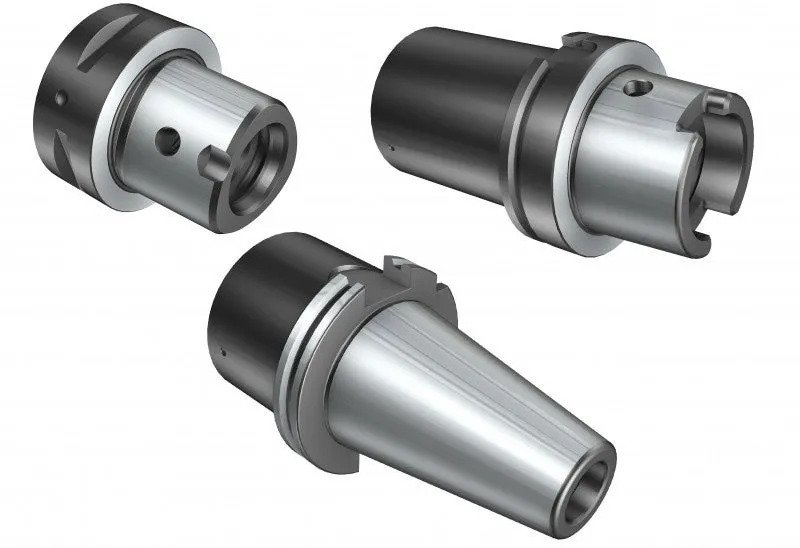Many people strongly desire to restore their hair and regain their self-confidence. For them, a hair transplant surgery can be a life-changing decision.
However, you need to carefully consider your options before undergoing this procedure. It’s best to find a surgeon who is well-qualified and experienced. Here are some things to consider:
Cost
Hair transplant surgery is a costly procedure. However, there are ways to reduce the cost. First, look for a surgeon who is reputable and highly trained. Once you have found a surgeon, discuss your options with them. They typically recommend follicular unit transplant (FUT) or extraction (FUE). With FUT, your surgeon will remove a strip of skin with healthy follicles from the back of your head and implant them in your balding areas. With FUE, your surgeon will use a microscope to remove individual follicles from the donor site and then transplant them in your balding areas.
Both procedures have advantages and disadvantages, but you should weigh the pros and cons carefully before choosing one. The surgical procedure takes four to eight hours. You will remain awake during the procedure, but your doctor will numb the scalp with medicine or a local anesthetic. After the procedure, your doctor will wrap your head in bandages and provide prescriptions for pain and swelling.
Recovery
Some hair transplant surgery patients may notice that their new locks start to shed a month or so after surgery, which is normal. This is because the follicles are getting stronger in their new home. The hair that falls off will eventually be replaced by new growth, which may take a few more months. In the meantime, it’s important to keep your scalp clean and avoid activities that increase sweating. It’s also a good idea to wear a shower cap in the shower to protect the transplanted area from direct sprays of water.
Your physician will use different techniques to extract follicular units for transplantation, depending on your preference and what best suits your scalp’s condition. The most common technique involves removing a strip of skin from the back of your head, which creates a linear scar in the donor site. Another technique, follicular unit extraction (FUE), is less invasive because the follicles are removed individually using small punches.
It’s essential to find a qualified hair restoration surgeon. A high-quality practice should have plenty of references and a proven track record of successful results. It should also use anesthetics to minimize discomfort and risk of complications. It’s always a good idea to check online and read reviews thoroughly. Look for a doctor affiliated with a respected international hair restoration society.
Results
Hair transplant surgery is a surgical procedure that gives you thick, natural-looking hair. It can improve your appearance and boost your self-confidence. However, the results may take some time, as the hair follicles need to mature and grow normally. Moreover, several treatment sessions may be needed to achieve the desired results. The surgeon will provide instructions on how to care for your hair after the procedure. In addition, they may recommend you continue taking medications for hair growth.
Before your operation, the doctor will clean your scalp and inject medicine to numb it. They will use one of two methods to obtain the hair follicles for your transplant: follicular unit strip surgery (FUSS) or follicular unit extraction (FUE). During FUSS, the surgeon removes a thin strip of skin from the back of your head. They will then stitch the strip closed. This will leave a scar that is hidden by the existing hair.
During FUE, the surgeon will remove individual follicular units from the back of your scalp. They will then implant the follicles into your scalp in the area where they are needed. Swelling is common after a hair transplant. It usually starts in the back of your head and then moves to your forehead and face. The swelling can last for a few days. You must wash your hair daily until the scabs fall off. It would help if you also avoid direct sunlight.
Complications
A few complications can occur during and after a hair transplant. One common side effect is bleeding on the day of surgery, especially in the area where the follicles were implanted. This is normal and will stop once the scalp has had a chance to heal.
Another possible issue is infection. This is normally caused by bacteria settling in the small cuts on your scalp. You must take precautions to avoid this, including taking antibiotics and keeping the area clean.
Avoid strenuous activities and sports for a few days after the procedure is also a good idea. It’s also best to stay hydrated to help promote healing. You can use a mobile app to track your water intake so you remember to drink enough.
Finally, some hair follicles won’t “take” and will die. This can leave you with patchy, uneven results. If this happens, your surgeon may recommend a medicine that stops further thinning or hair loss.
While a hair transplant is a great option for many people, it’s not right for everyone. Researching and choosing a surgeon with experience, training, and a good record of successful procedures is crucial

